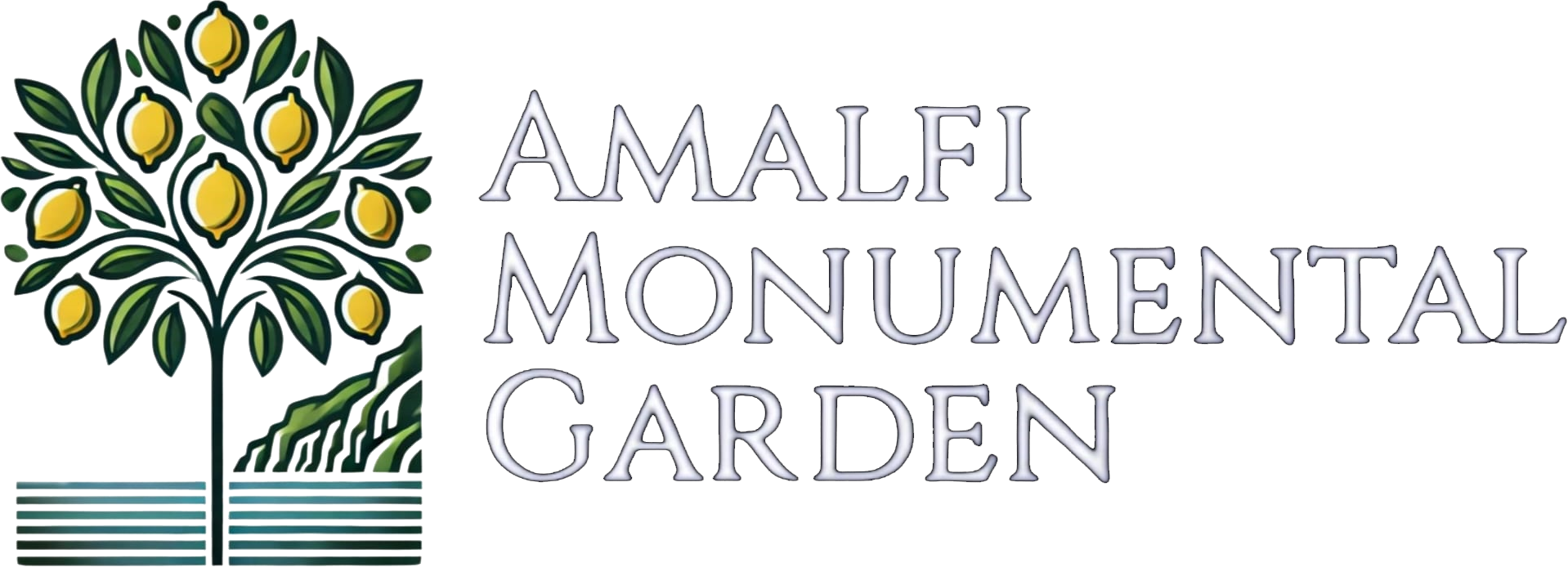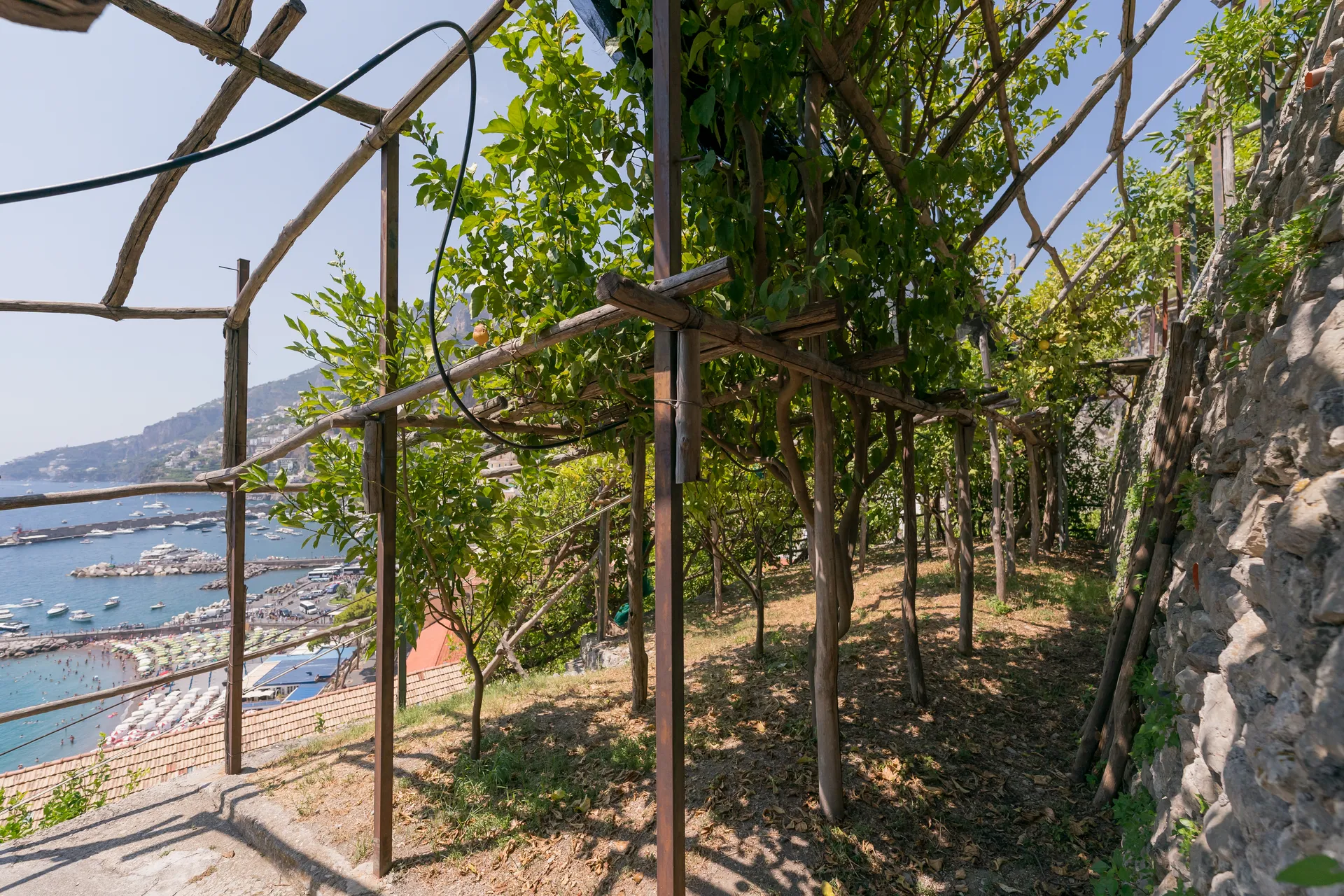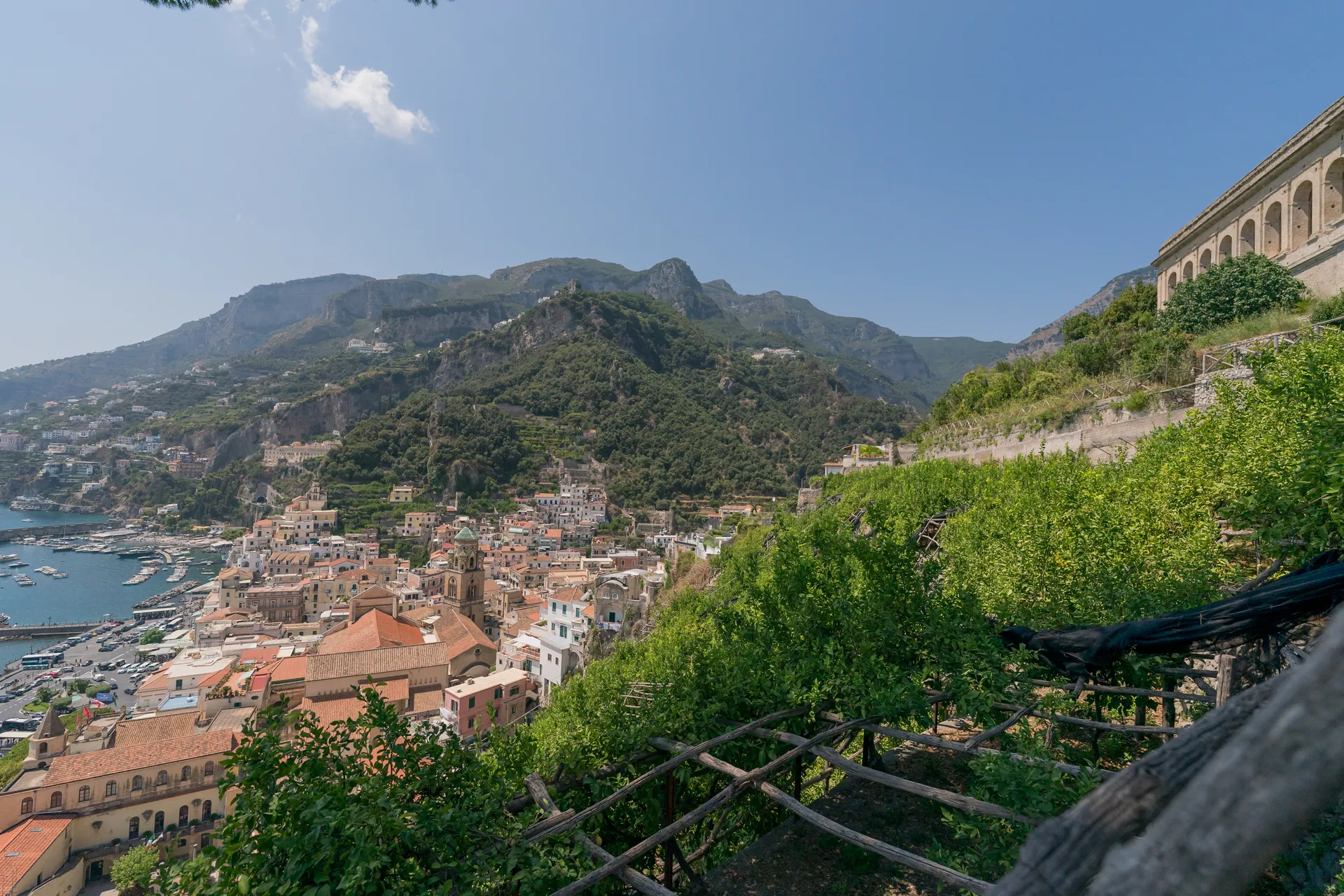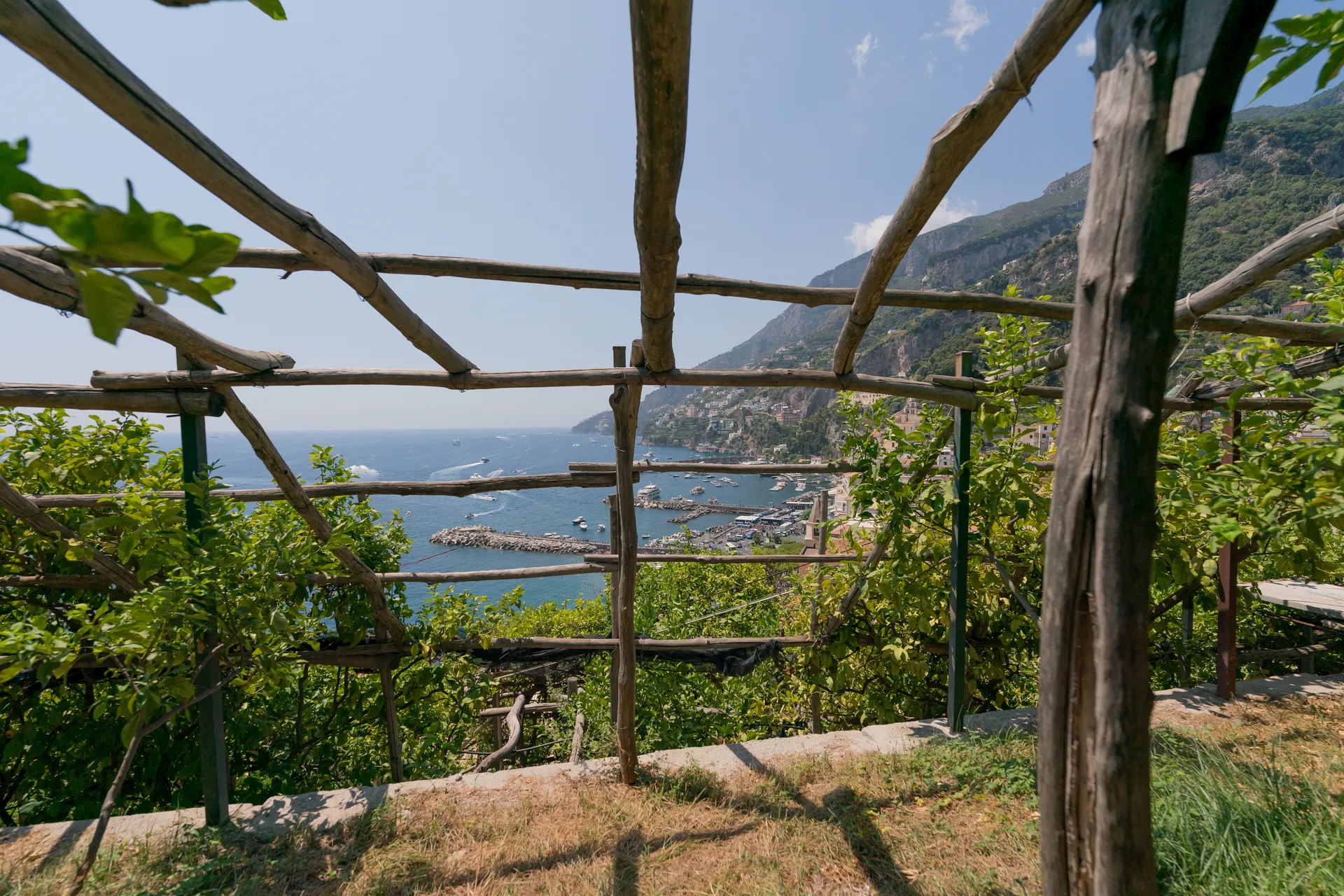Process of growing lemons
All year round, step by step
The cultivation of lemon groves requires constant commitment throughout the year. It starts in January with background fertilization, which, as far as our reality is concerned, employs only organic fertilizers of animal origin, mature, in accordance with the principles of organic farming. It continues with the all-round restoration and maintenance work on the complex architecture composed of the pergolas, stone stairs and dry stone walls that support the terracing.
From February until September we enter the harvesting period, which is done in a staggered manner throughout the season, taking into account the size, ripeness of the fruit and market demand.
At the same time as harvesting, the whole routine of phytosanitary management, cleaning and handling of lemons is followed.
These activities include:
- biological defense against phytopathogens and pests, which has recently seen the introduction of integrated biological control through the launch of insect, mite and antagonistic fungi;
- Weed management, through mowing both on the ground and along the dry stone walls, which is essential in order to help preserve the terraces;
- Continuous monitoring of infestations and any extraordinary pruning, uprooting and burning of residues.
In late April/early May, before flowering, the focus of operations is concentrated on removing hail nets.
Towards the end of harvest, the activities of production pruning, branch bending and tying to the support structure, represented by the chestnut arbors, begin. These operations, carried out strictly and necessarily by hand, require a considerable amount of time and skilled labor, resulting in their continuation until December.
In addition, the repositioning of hail nets to defend the new production is planned in November.
Over time, the cultivation of sfusato amalfitano has had to adapt to climate change and tends to anticipate it. If in the past cultivation followed certain temporal canons, today our work is linked to listening to Nature and its new demands. The ripening of the lemon depends on many factors, including the exposure of the terraces, which, when it is most exposed to the sun, ripens earlier the harvest time. There are two or three harvests during the year, depending on the blooms. In December there is the harvest of the “verdello,” a particular lemon that is harvested in winter.



